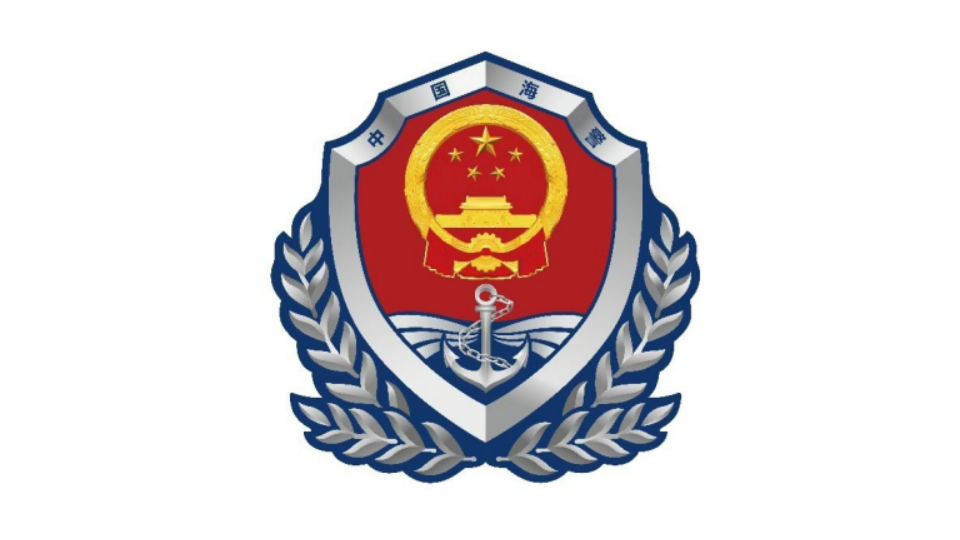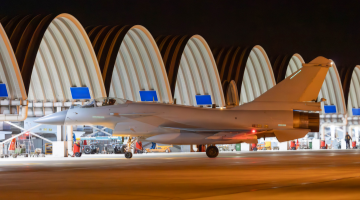By Hua Dan
On January 18, Japan and the United States officially signed a procurement contract for Tomahawk cruise missiles. From FY2025 to FY2027, Japan will receive approximately 400 Tomahawk cruise missiles, along with related supporting equipment, from the United States. The total value of this contract reaches JPY 254 billion. This signifies that Japan Self-Defense Forces (JSDF) will possess long-range precision-guided weapons for the first time, and it also marks Japan's first long-range strike capability since World War II.
Japan is eager to acquire Tomahawk cruise missiles and other long-range weapons to cooperate with the US military in "undertaking more tasks", and more importantly, to develop its capability for standoff strikes. Standoff strike capability, one of the key capabilities to be developed by the JSDF in the next five years, mainly refers to the ability of the JSDF to use various types of medium and long-range missiles to strike outside the opponent's "threat circle" and destroy the opponent's medium and long-range weapons and related military facilities.
Constrained by its pacifist constitution, Japan has long been restricted from developing offensive weapons such as intermediate-range ballistic and cruise missiles. However, in recent years, the Japanese government and the JSDF believe that the current "exclusively defense-oriented" principle reflects a passive defense mindset. To overcome this limitation, Japan forcibly interprets its first strike on an opponent's missile bases as a defensive action consistent with the "exclusively defense-oriented" principle, arguing that it has the right to preempt its opponent if it assesses the likelihood of the opponent initiating an attack. To achieve this objective, JSDF requires long-range strike weapons such as Tomahawk cruise missiles.
The purchase of Tomahawk cruise missiles is just the beginning of Japan's goal to enhance its long-range strike capabilities outside its defense zone, and it will implement more measures to strengthen its remote strike capacity. According to media reports, the Japan Ground Self-Defense Force is intensifying efforts to develop a range of cutting-edge weapons and equipment to advance the generation of land-based long-range strike capabilities.
The Japan Maritime Self-Defense Force plans to construct a new submarine capable of carrying Tomahawk cruise missiles or hypersonic glide bombs, thereby enhancing its underwater capabilities for standoff strikes. Similarly, the Japan Air Self-Defense Force is actively developing standoff cruise missiles and long-range stealth anti-ship missile systems and intends to install them on F-35A and F-15J fighters.
Although the Japaneses Government has repeatedly claimed that all armament build-up is a defensive act in accordance with the pacifist constitution, its true intentions have long been exposed. In recent years, Japan has been increasingly deviating from the pacifist constitution, which undermines the "exclusively defense-oriented" principle. Its "new militarism" poses a serious threat to regional security and stability.









